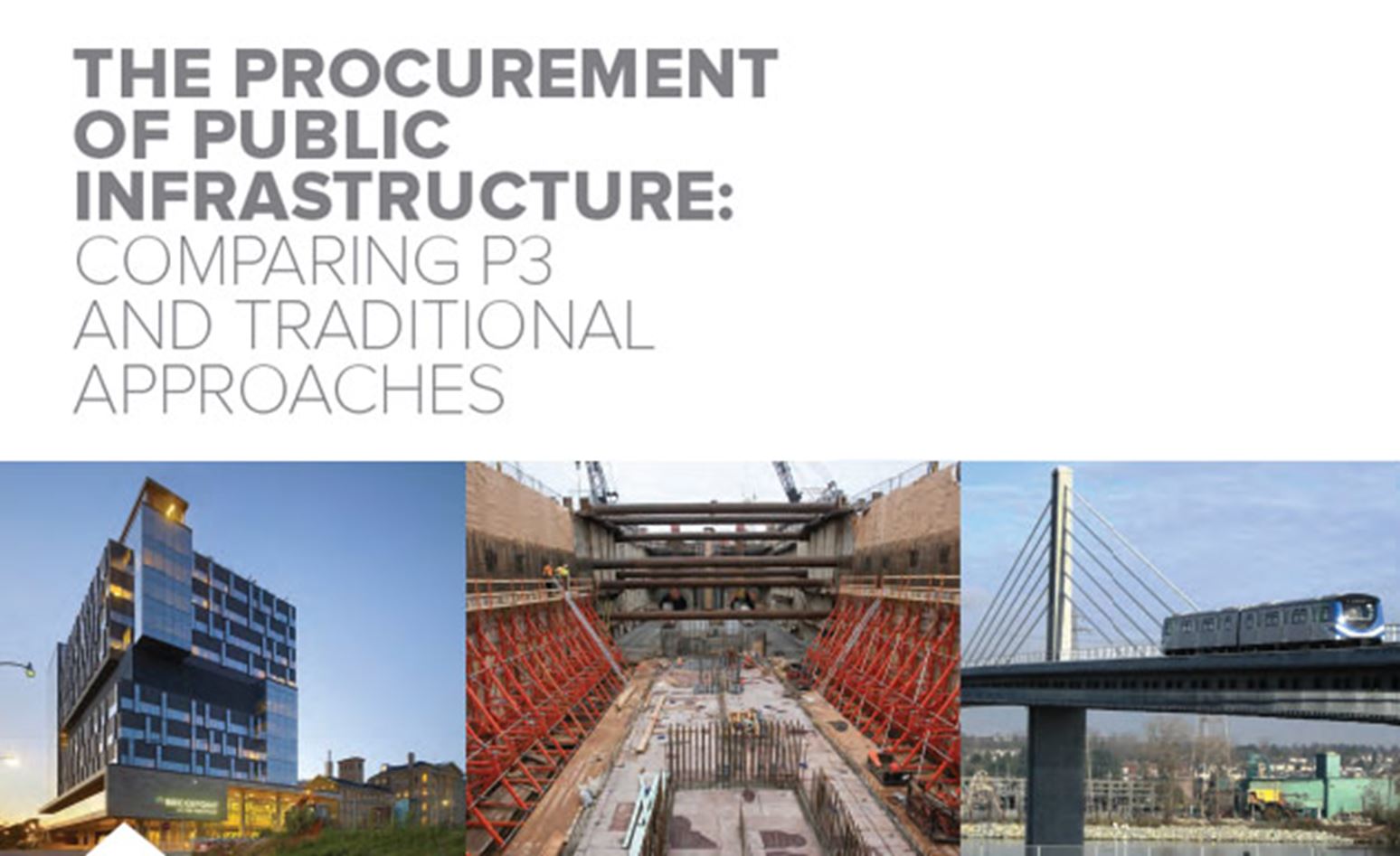London, ON – Nov 30, 2015 - A new study by the Ivey Business School’s Lawrence National Centre for Policy and Management argues that the incentives and accountability embedded in public-private partnership (P3) projects give P3s a value-for-money (VFM) edge over traditional procurement of public sector infrastructure.
Related to this story
The study was sparked by a December 2014 report by the Auditor General of Ontario suggesting that traditional procurement of public sector infrastructure would be superior to P3 procurement if projects were simply ‘managed better’ by government.
The Lawrence Centre was asked by group of firms active in both procurement environments to compare the processes and incentive structures embedded in the two approaches to public sector procurement.
Based on a new framework for comparing the two approaches and the experience from six case studies, the study argues that the P3 approach is generally superior because it brings to bear specialized expertise, and due diligence and accountability mechanisms that are not possible to replicate in the political environment in which public sector managers work.
“In general, the private sector’s comparative advantage in retention of in-house expertise, robust oversight, and better alignment of incentives to minimize whole-of-life costs of projects give it a unique edge in fulfilling project obligations on schedule and on budget,” said Paul Boothe, Director of the Lawrence National Centre for Policy and Management. “While the traditional procurement projects examined in the study could have been managed better, the management incentives were weak and incomplete.”
The study recognizes that not all projects are best delivered by the P3 approach and lays out conditions to help choose between the two approaches when considering specific projects.
Finally, the study agrees with the Auditor General that value-for-money analysis is key to determining which approach is best for specific projects and that continued work to refine methodologies is strongly recommended.



